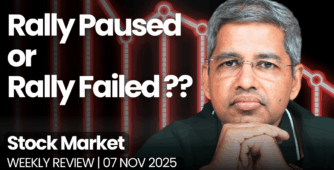
The markets came off a little bit today. I think the good sentiment that we were experiencing since the 1st of February is a bit nervous right now. There is a potential surprise in the income tax bill that may be in the fine print. We’ll only know once it comes out. Additionally, the daily election results are also around the corner, so some profit-taking is probably happening in general as well. The RBI outcome is also due tomorrow, so the combination of all these factors is probably causing some nervousness in the market. However, even if the market consolidates near its current level, I think that would still be a good outcome.
Today, we will talk about the same mistakes, similar losses, and how to be aware of certain things. Beware of sectoral concentration and sectoral selling. We will also discuss some sectors that have not performed well recently and how market intermediaries have benefited from that.
Where is the market headed?
Market Overview
The markets have seen two days of a bit of profit-taking. We are back to 23,600 from 23,750. It’s still not too bad. I would imagine that after a thousand-point run, giving up a couple of hundred points is natural, and that’s what’s happening, with a decline of 0.39%. Once we dip below 23,200, that will be the point where we might get nervous again, or even perhaps 23,400, the top of this particular candle, should ideally not be broken.
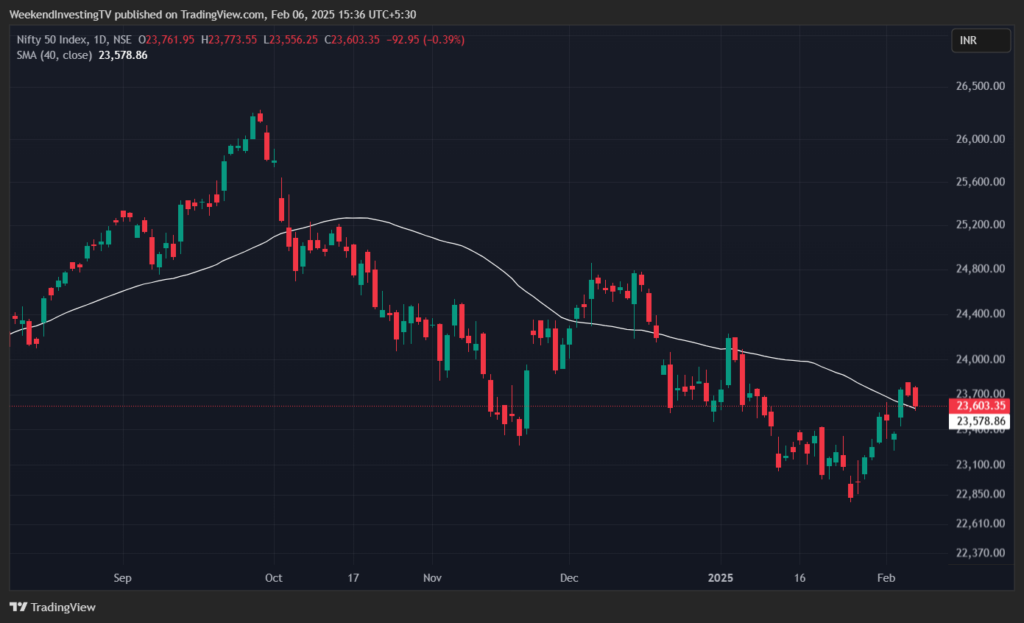
Nifty Next 50
The Nifty Junior showed a complete bearish engulfing pattern today, down 0.74%. There has been a two-day uptrend followed by one day down, that kind of movement.
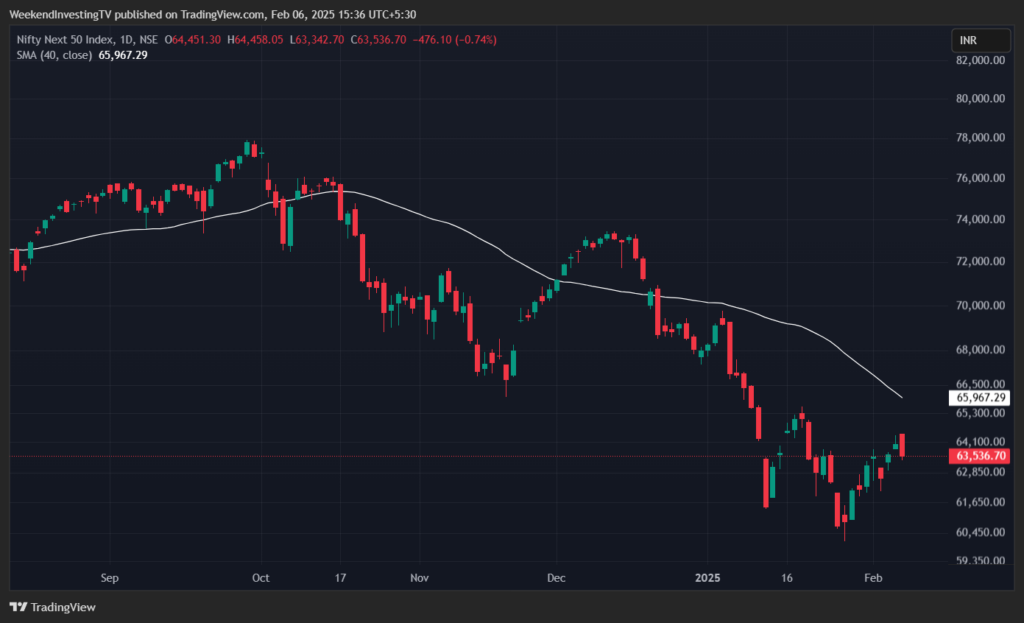
Nifty Mid and Small Cap
Mid-caps are sharply down by 1.01%, and small-caps are also down by 0.09%. Small caps, however, remain the strongest amongst all the indices we’ve seen so far, staying quite stable.
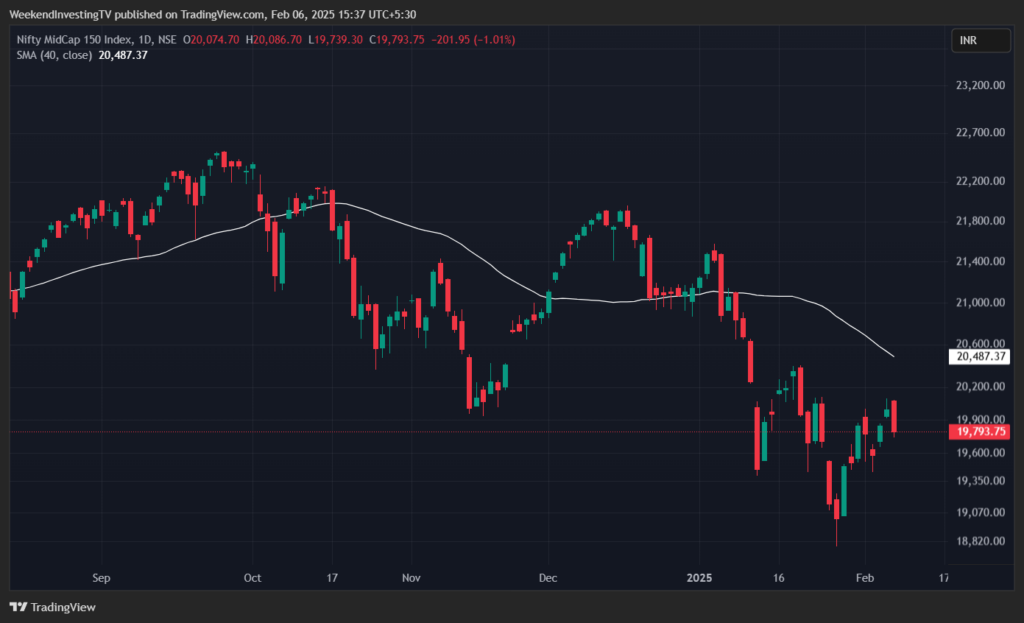
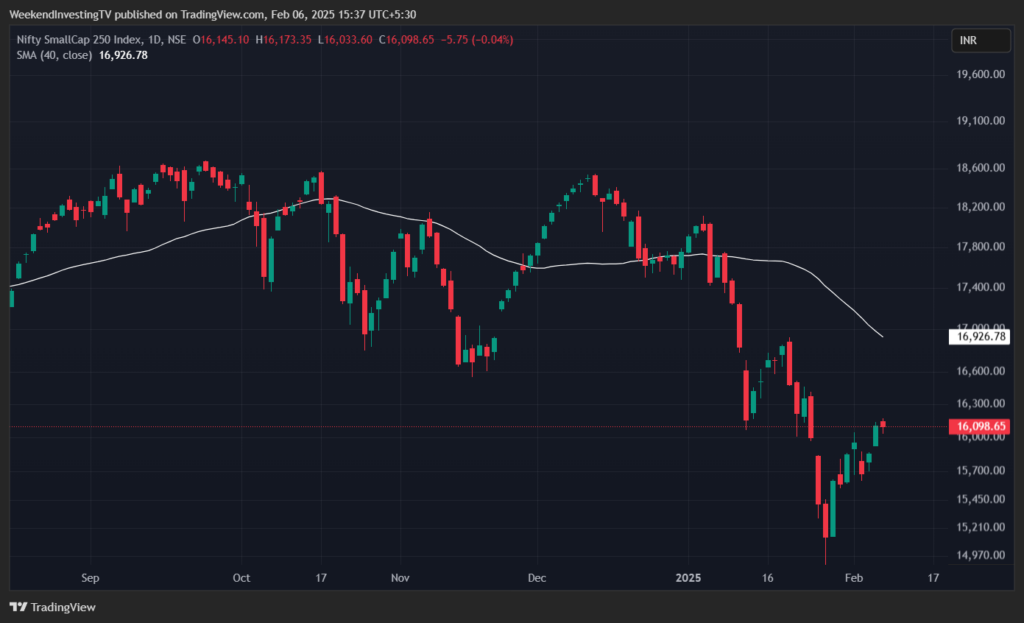
Nifty Bank Overview
Bank Nifty is also managing well, in fact, staying near its average 40-day level and performing reasonably well after SBI’s results, which were fairly positive.
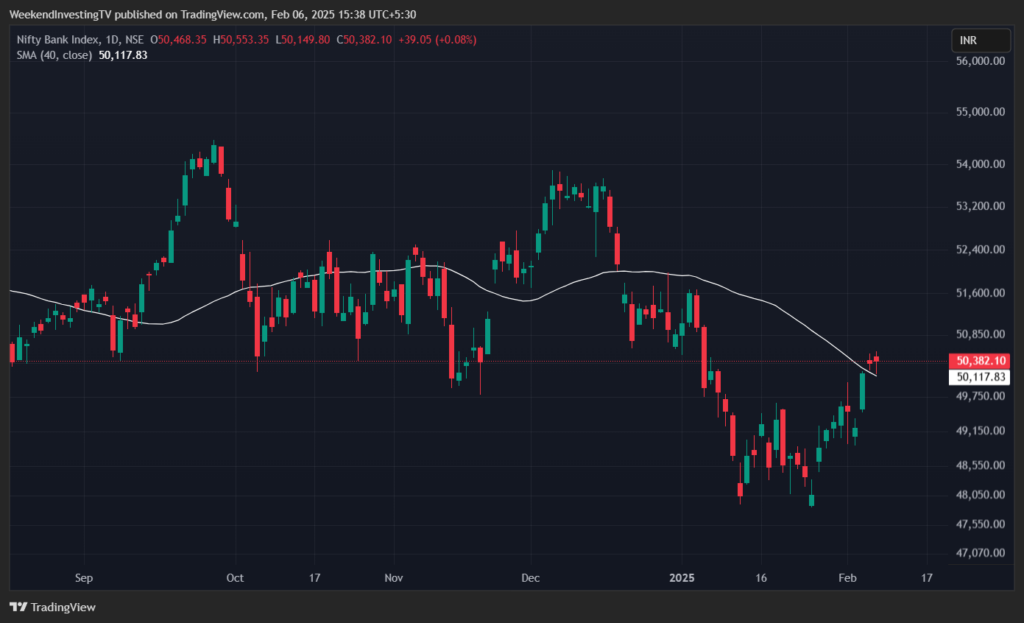
GOLD
Gold has had a flat day, down by just 0.08%, and is very near 85,000. It’s been a huge run, so some profit-taking is expected.
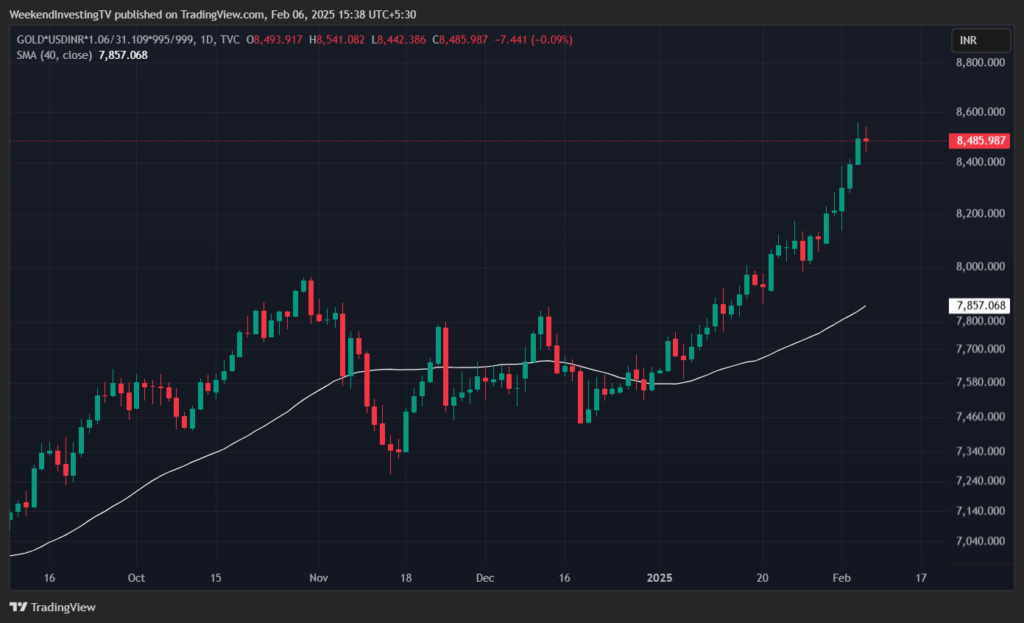
Advanced Declined Ratio Trends
In terms of advance/decline, the market was reasonably even, slightly biased towards the red, with 303 declines to 100 advances. There was some giving up on gains.

Nifty Heatmap
Nifty heat map is largely red, with a step back for India, despite decent results, down 1.8%. It was a massive drop of 8.2% today. Other notable declines included Reliance Retail (-3%), ITC, and HUL, continuing to fall. MTPC also dropped. The only places of green were CIPLA and Adani Ports. In the Nifty Next 50 space, it’s also mostly red, with Z Live managing a 3% gain on its results. Other notable decliners include Lodha (-5.5%), Coronages, and Demart.
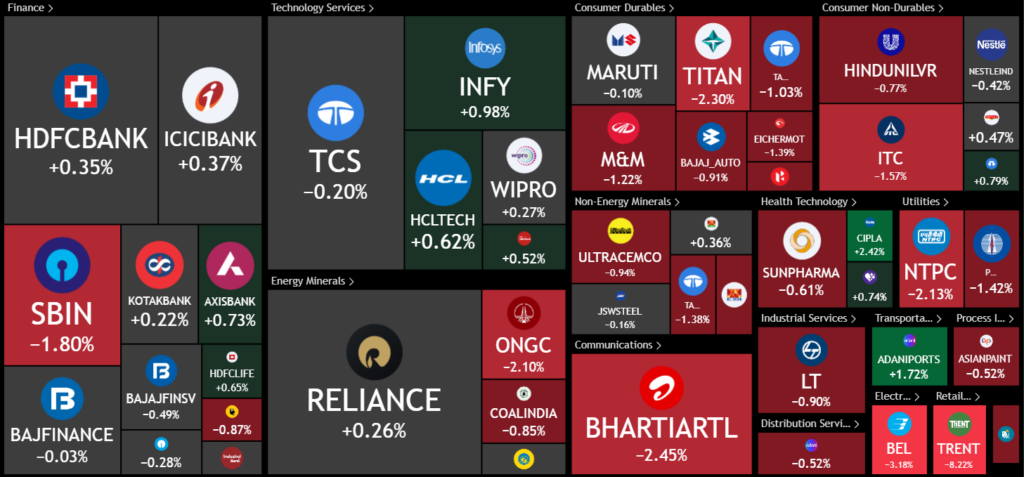
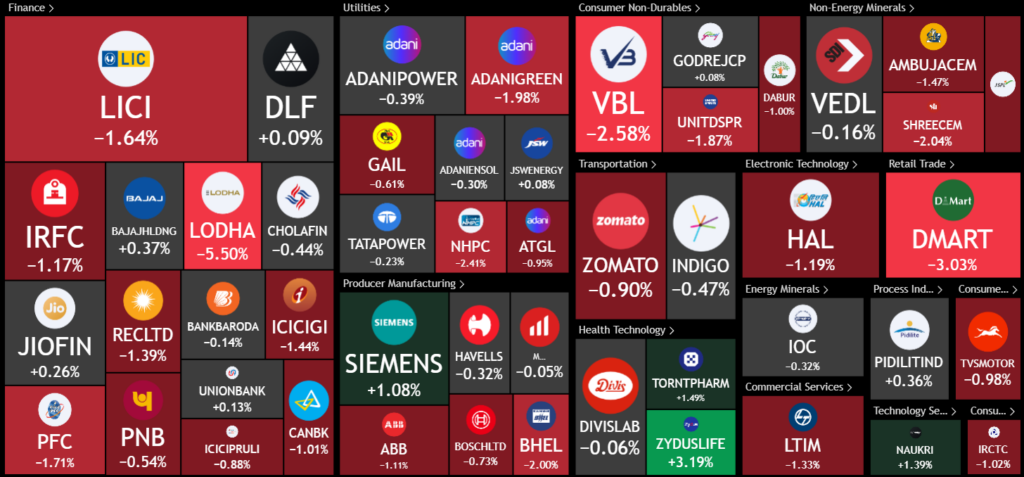
Sectoral Overview
The consumption stocks have already lost a lot of ground, and the budget’s impact is not looking good at the moment. Real estate is down 2.2%, defense down 2%, enterprise stocks 1.9%, tourism 1.6%, India consumption index -1.5%, public sector enterprise index -1.5%, and FMCG down by 1.1%.
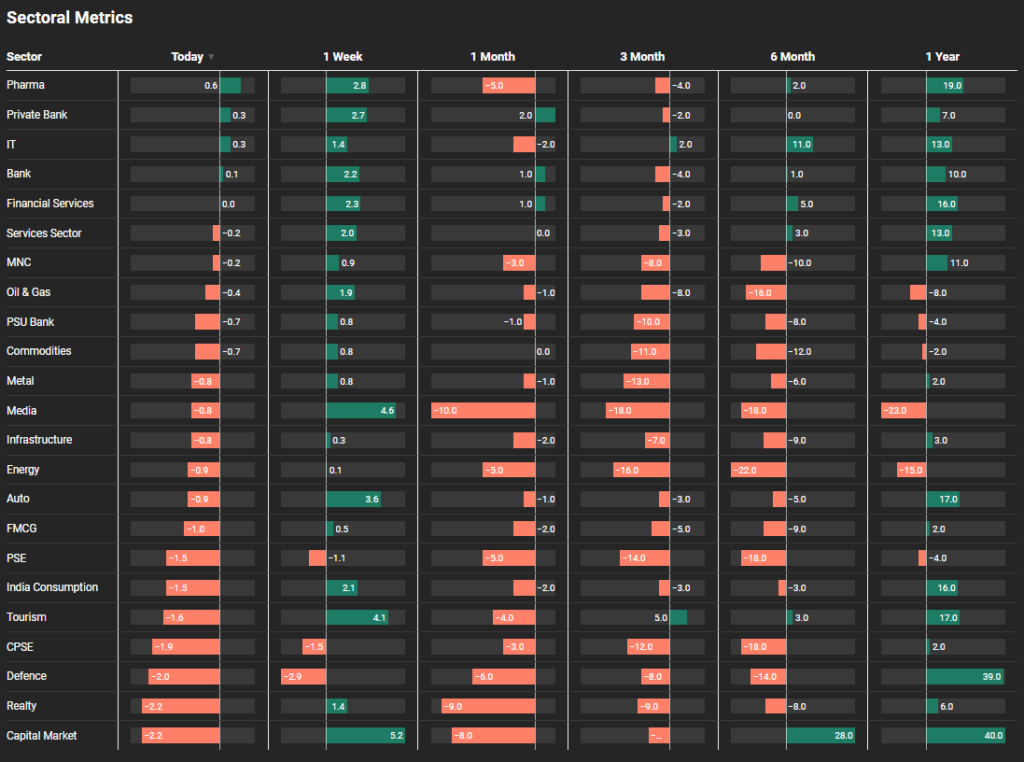
Sectors of the Day
Nifty Pharma Index
Only the defensive sectors, like Pharma and private banking, managed to stay slightly up, with pharma gaining by just 0.6%.
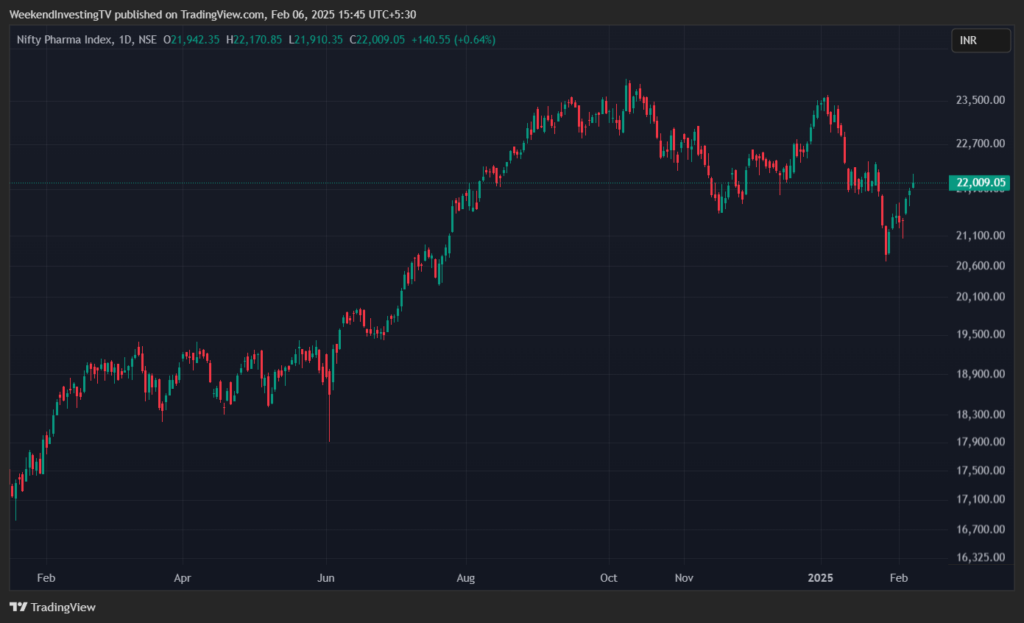
Story of the Day : Mistakes that investors are making
The defense theme has been very popular recently, with articles showing how many AMCs launched defense funds in the second half of 2024, most of them in the third or fourth quarter. I’ll show you a chart that will make it clear when this trend started and what the returns have been. From April 2018 to March 2020, the returns on the defense sector were a massive -57%, really beaten down post-COVID. But from the COVID bottom until July 2024, defense stocks surged by 1,500%, an incredible 15x in less than four years. Now, phase three, after July 2024 when most of these funds were launched, has seen returns of -28%. This huge rise was missed by most new NFOs, which launched their funds at the peak. This is classic FOMO, where the market didn’t pay attention to the previous downturn but instead jumped into the sector just as it was peaking.
Many of these funds were sold at the point of maximum incentive because distributors and relationship managers are incentivized to push these products. Of course, these individuals often don’t fully understand what they’re selling because they’re receiving instructions from top management. No bank RM has the knowledge to really assess what they’re selling to whom. Looking at the defense stocks as of February 6th, you’ll see a significant drop of 25-50% from their 52-week highs. If you were part of the long journey of these stocks, these drops may be acceptable. If you made 10x, 5x, or 3x returns, then a drop like this is not a problem. But if you entered at the peak and are now facing a 50% or 40% loss, that’s a significant issue that you need to address. Some stocks, like MA Doc B Dynamic, have not fallen as much, but others have seen steep declines, such as 69% losses after a massive run-up.
There are about 500 schemes in the market, and I’m talking about mutual funds, with many of these being small-cap funds and other thematic strategies. Of the 494 schemes, 40.9% are sectoral and thematic funds. This is a major issue, as bad funds may end up buying and selling based on what the fund manager decides. This becomes risky, especially when they are buying at the tail end of a sector’s rally. For example, in December 2024, 41,000 crores came into the market, and 15,000 crores of that went into thematic funds. This indicates how the theme was heavily sold, with 37% of all funds going into them. Large-cap funds only received 4.9% of inflows, and mid-cap funds got only 9%.
The main issue with sectoral and thematic funds is that they focus on one area of the market, and once that run is over, you could be stuck holding an underperforming asset. This dynamic shift is what makes these investments so risky, and there is often no guidance on when to exit these sectors. The market trends shift over time, and a sectoral boom could last for years or even end in just a few months. You don’t want to be caught holding on to investments that are stuck in a long-term consolidation period. I remember people who invested in infrastructure schemes in 2008, and they never recovered their money. Similarly, those who invested in IT schemes in 2000 have never recovered their investments either. Some stocks do recover after 5 or 10 years, but often, the makeup of the scheme didn’t hold the stocks that would lead to a full recovery.
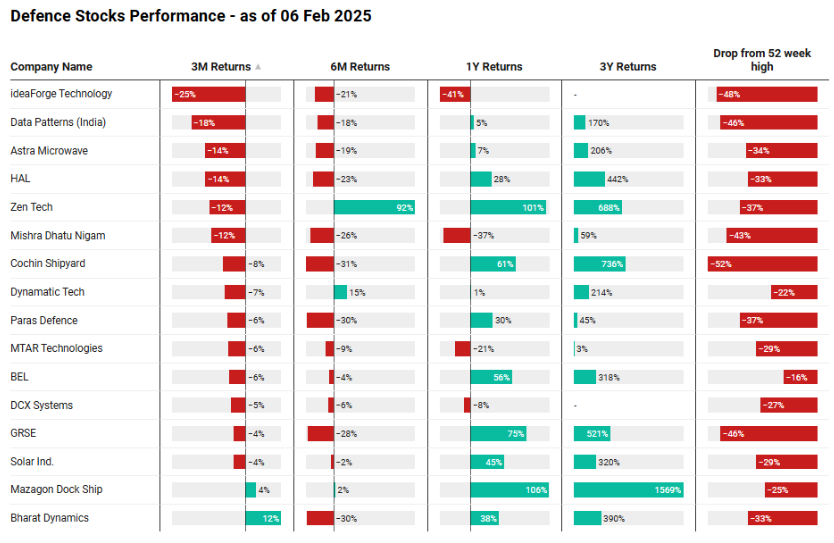
WeekendInvesting launches – PortfolioMomentum Report
Disclaimers and disclosures : https://tinyurl.com/2763eyaz


